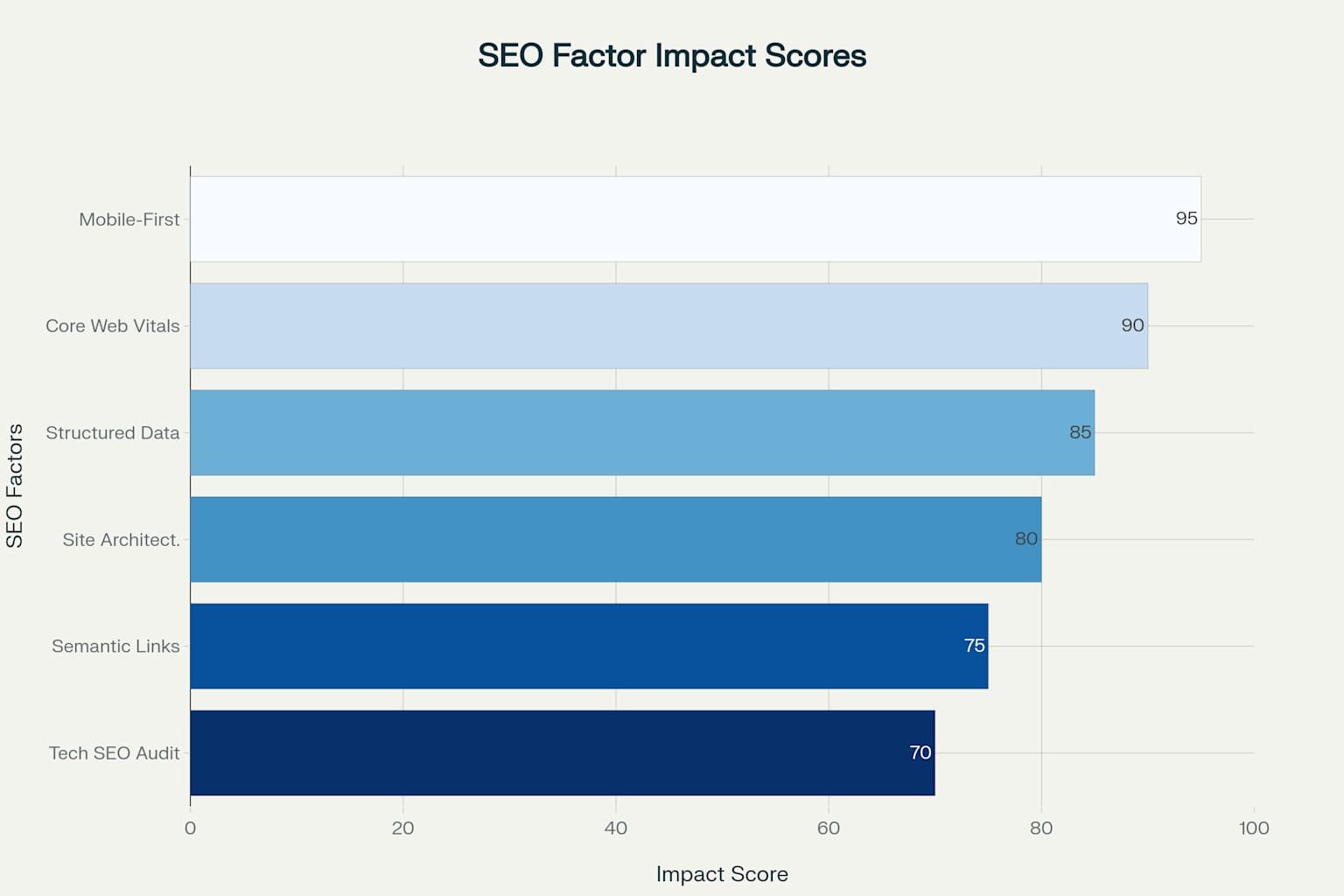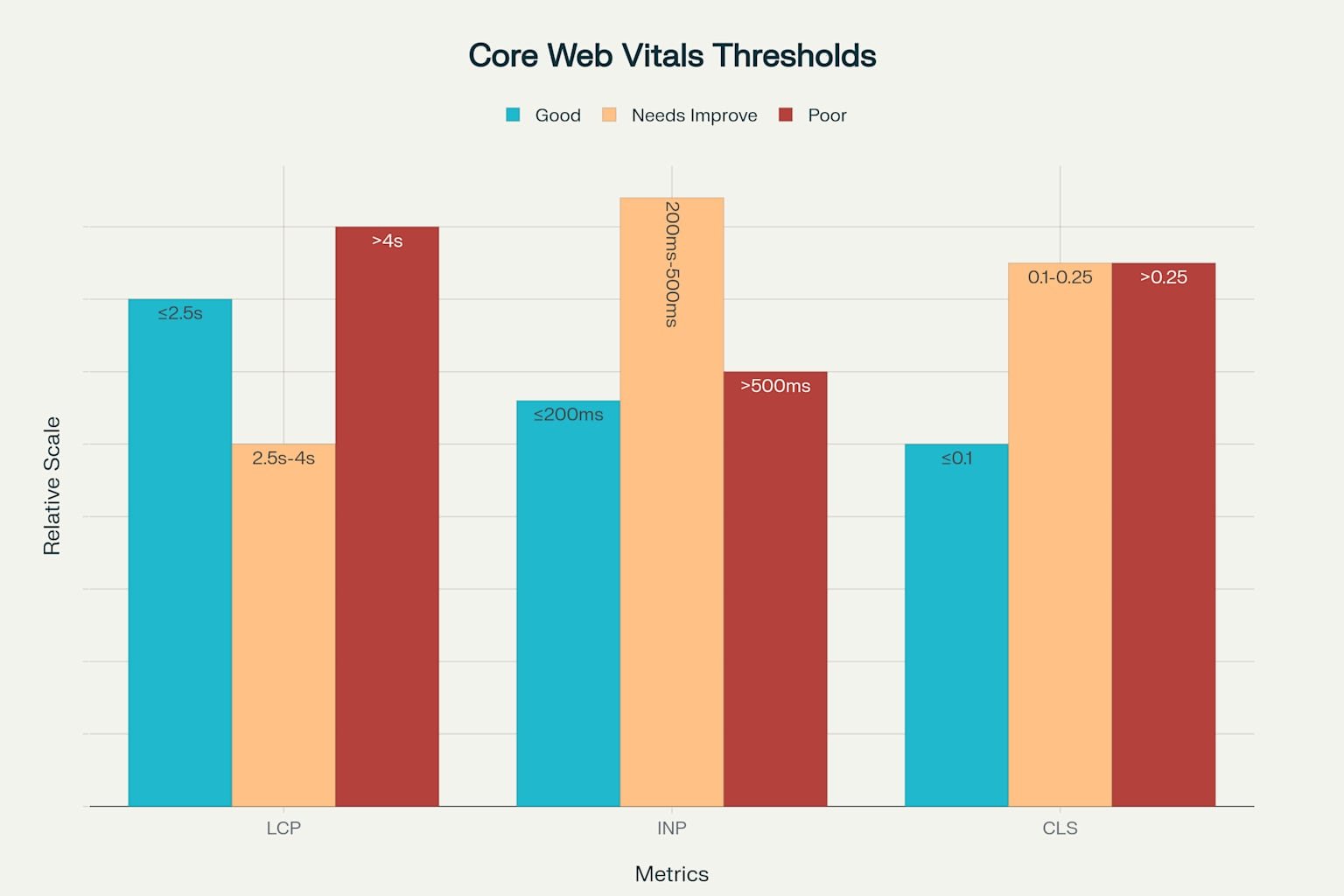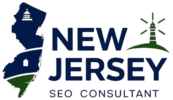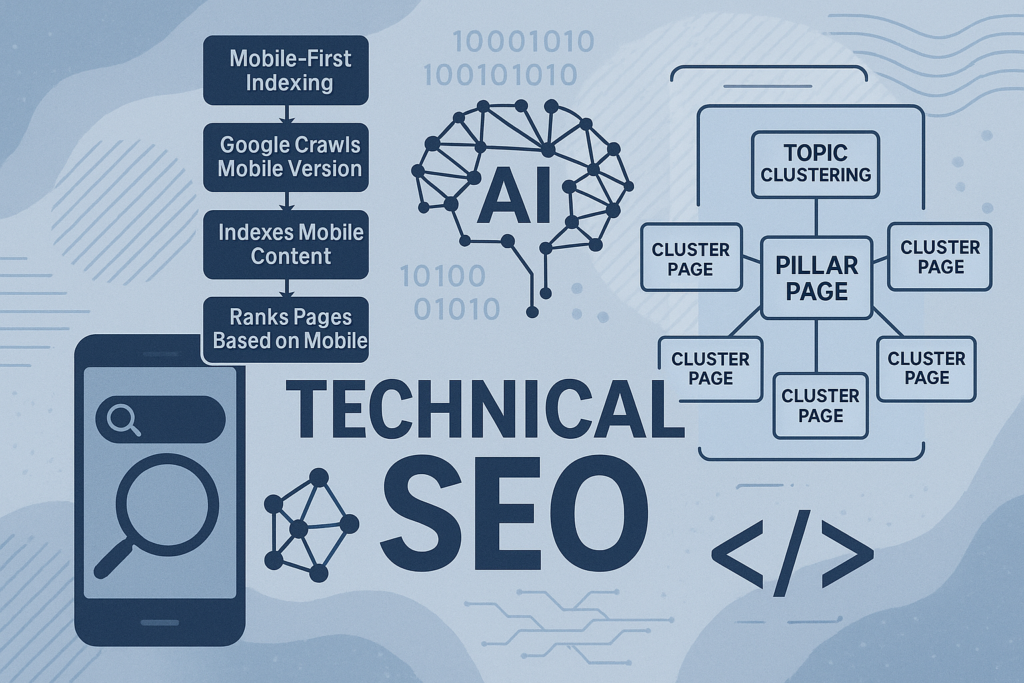The digital landscape has evolved dramatically, and search engines have become increasingly sophisticated in understanding and processing web content. Modern SEO requires a deep understanding of how machines interpret websites, moving beyond traditional keyword optimization to embrace advanced technical strategies that enhance machine comprehension. As a NJ SEO Expert with years of experience in the field, I’ve witnessed firsthand how natural language processing and machine learning have transformed the way search engines evaluate and rank content.
Today’s search engines use complex algorithms that can understand context, intent, and semantic relationships between concepts. This shift means that websites must be optimized not just for human readers, but also for machine understanding. The most successful SEO strategies now focus on creating clear, structured, and semantically rich content that search engines can easily parse and understand.
Table of Contents
ToggleUnderstanding the Modern Search Engine Landscape
Search engines have evolved from simple keyword-matching systems to sophisticated AI-powered platforms that can understand nuanced language, context, and user intent. Google’s implementation of BERT, MUM, and other natural language processing technologies has fundamentally changed how websites should be optimized for search visibility.
When working as an SEO expert in New Jersey, I’ve observed that businesses often struggle to adapt their websites to these new realities. The key is understanding that search engines now prioritize content that demonstrates expertise, authoritativeness, and trustworthiness while being technically sound and easy to process.

Technical SEO Factors Ranked by Impact on Search Performance
The impact of various technical SEO factors on search performance varies significantly, with some elements having substantially more influence than others. Understanding these priorities helps focus optimization efforts where they’ll have the greatest impact on search visibility and user experience.
Structured Data Implementation for Enhanced Search Understanding
Structured data represents one of the most powerful tools for improving machine understanding of website content. By implementing schema markup, websites can provide explicit context about their content, helping search engines understand relationships between entities, topics, and concepts.
The JSON-LD format has become the gold standard for structured data implementation, offering flexibility and ease of maintenance compared to microdata or RDFa formats. When properly implemented, structured data can enhance search results with rich snippets, improve content categorization, and increase the likelihood of appearing in featured snippets and knowledge panels.
Key benefits of structured data implementation include enhanced SERP visibility, improved click-through rates, and better content understanding by search engines. Organizations should focus on implementing relevant schema types such as Article, Product, Organization, and FAQ schemas to maximize their impact.
For businesses working with a SEO Consultant in New Jersey, implementing comprehensive structured data strategies can significantly improve search visibility and user engagement. The key is selecting appropriate schema types that align with business goals and content types while ensuring proper validation and ongoing maintenance.
Core Web Vitals Optimization and Search Quality Impact
Core Web Vitals have become critical ranking factors that directly impact both user experience and search engine rankings. These metrics measure real-world user experience through three key indicators: Largest Contentful Paint (LCP), Interaction to Next Paint (INP), and Cumulative Layout Shift (CLS).

Core Web Vitals Performance Thresholds and Optimization Targets
Understanding and optimizing for these metrics requires a comprehensive approach that addresses both technical implementation and user experience design. LCP measures loading performance and should be under 2.5 seconds for optimal performance. INP, which replaced First Input Delay in 2024, measures responsiveness and should be under 200 milliseconds. CLS evaluates visual stability and should remain below 0.1 to provide a smooth user experience.
Optimization strategies for Core Web Vitals include image optimization, server response time improvement, JavaScript optimization, and layout stability enhancement. These improvements not only boost search rankings but also significantly improve user engagement and conversion rates.
The correlation between Core Web Vitals performance and search rankings has become increasingly strong, with Google explicitly stating that page experience signals are used as ranking factors. Websites that consistently meet Core Web Vitals thresholds typically see improved organic visibility and better user engagement metrics.
Mobile-First Indexing and Conversational Search Adaptation
Google’s transition to mobile-first indexing represents a fundamental shift in how websites are evaluated and ranked. This change means that the mobile version of a website becomes the primary version used for indexing and ranking, regardless of whether users access the site from mobile or desktop devices.

Mobile-First Indexing Process and Best Practices
Successful mobile-first optimization requires ensuring content parity between mobile and desktop versions, implementing responsive design principles, and optimizing for mobile-specific user behaviors. This includes considerations for touch interfaces, smaller screen sizes, and different user contexts.
Conversational search adaptation has become increasingly important as voice search and natural language queries become more prevalent. Websites must be optimized to answer questions naturally and provide information in formats that work well for voice assistants and conversational interfaces.
New Jersey SEO agency professionals emphasize the importance of understanding how mobile users interact with content differently than desktop users. This includes shorter attention spans, preference for scannable content, and the need for fast, accessible information.
The integration of conversational search optimization with mobile-first indexing creates opportunities for websites to capture traffic from increasingly sophisticated search queries. This requires understanding user intent at a deeper level and creating content that directly addresses user questions and needs.
Site Architecture Optimization for Topic Clustering
Modern SEO success increasingly depends on demonstrating topical authority through comprehensive content coverage and strategic site architecture. Topic clustering represents a sophisticated approach to content organization that helps search engines understand the depth and breadth of a website’s expertise.

Topic Clustering Architecture for Enhanced SEO Performance
Effective topic clustering involves creating pillar pages that provide broad coverage of core topics, supported by cluster pages that dive deep into specific subtopics. This architecture helps search engines understand content relationships and can significantly improve rankings for related keyword groups.
The implementation of topic clusters requires careful keyword research, content gap analysis, and strategic internal linking. Successful clusters demonstrate expertise across an entire topic area rather than targeting individual keywords in isolation.
When working with a New Jersey technical SEO specialist, businesses can develop comprehensive topic cluster strategies that align with their expertise areas and target audience needs. This approach helps establish topical authority while improving user experience through logical content organization.
Topic clustering also supports the development of content that satisfies different stages of the user journey, from awareness to decision-making. This comprehensive approach helps capture traffic across the entire sales funnel while demonstrating expertise to search engines.
Internal Linking Strategies Based on Semantic Relationships
Strategic internal linking has evolved beyond simple navigation to become a sophisticated method for communicating content relationships and distributing authority throughout a website. Semantic internal linking focuses on creating connections between related concepts and topics rather than just linking for navigation purposes.
Effective semantic linking strategies involve understanding the conceptual relationships between different pieces of content and creating links that reinforce these relationships. This includes linking between related topics, supporting evidence, and complementary information that enhances user understanding.
The implementation of semantic internal linking requires understanding entity relationships, topic hierarchies, and user information needs. Links should feel natural and provide genuine value to users while helping search engines understand content relationships.
Advanced semantic linking strategies also consider user journey mapping and intent alignment. This means creating link pathways that guide users through logical information sequences while supporting their decision-making processes.
Advanced SEO consultant New Jersey practitioners emphasize the importance of balancing link equity distribution with user experience. This involves creating internal linking structures that support both search engine understanding and user navigation needs.
Technical SEO Auditing with NLP-Focused Analysis
Modern technical SEO auditing must incorporate natural language processing considerations to ensure websites are optimized for current search engine algorithms. This includes analyzing content for semantic clarity, entity recognition, and contextual understanding.
NLP-focused auditing involves evaluating how well search engines can understand and categorize website content. This includes analyzing content structure, entity relationships, and semantic clarity to identify optimization opportunities.
Advanced auditing techniques also consider how well content answers user questions and addresses search intent. This involves analyzing content comprehensiveness, topical coverage, and alignment with user information needs.
The integration of AI-powered auditing tools has revolutionized technical SEO analysis, enabling more sophisticated evaluation of content quality and semantic optimization opportunities. These tools can identify content gaps, optimization opportunities, and technical issues that might impact search engine understanding.
Regular technical auditing with NLP focus helps maintain optimal search engine compatibility while identifying emerging optimization opportunities. This proactive approach helps websites stay ahead of algorithm changes and maintain strong search visibility.
Implementation Strategy and Best Practices
Successful implementation of advanced technical SEO requires a systematic approach that prioritizes high-impact optimizations while maintaining ongoing monitoring and improvement. This involves creating implementation roadmaps that address technical issues systematically while building long-term competitive advantages.
The key to successful technical SEO implementation lies in understanding the interconnected nature of different optimization factors. Improvements in one area often compound benefits in others, creating synergistic effects that dramatically improve overall search performance.
Monitoring and measurement play crucial roles in technical SEO success. This includes tracking Core Web Vitals performance, structured data effectiveness, and content performance across different search features. Regular analysis helps identify optimization opportunities and measure the impact of improvements.
Collaboration between technical teams, content creators, and SEO specialists ensures that optimization efforts align with business goals while maintaining technical excellence. This multidisciplinary approach helps create websites that excel in both search engine optimization and user experience.
Conclusion
The future of SEO lies in creating websites that seamlessly blend technical excellence with exceptional user experience while providing clear, valuable content that search engines can easily understand and process. By focusing on structured data implementation, Core Web Vitals optimization, mobile-first design, topic clustering, semantic internal linking, and NLP-focused technical auditing, websites can achieve superior search performance while serving user needs effectively.
Success in advanced technical SEO requires ongoing commitment to learning, testing, and optimization. The digital landscape continues to evolve, and the most successful websites are those that adapt quickly to new technologies and search engine capabilities while maintaining focus on providing genuine value to their audiences.

